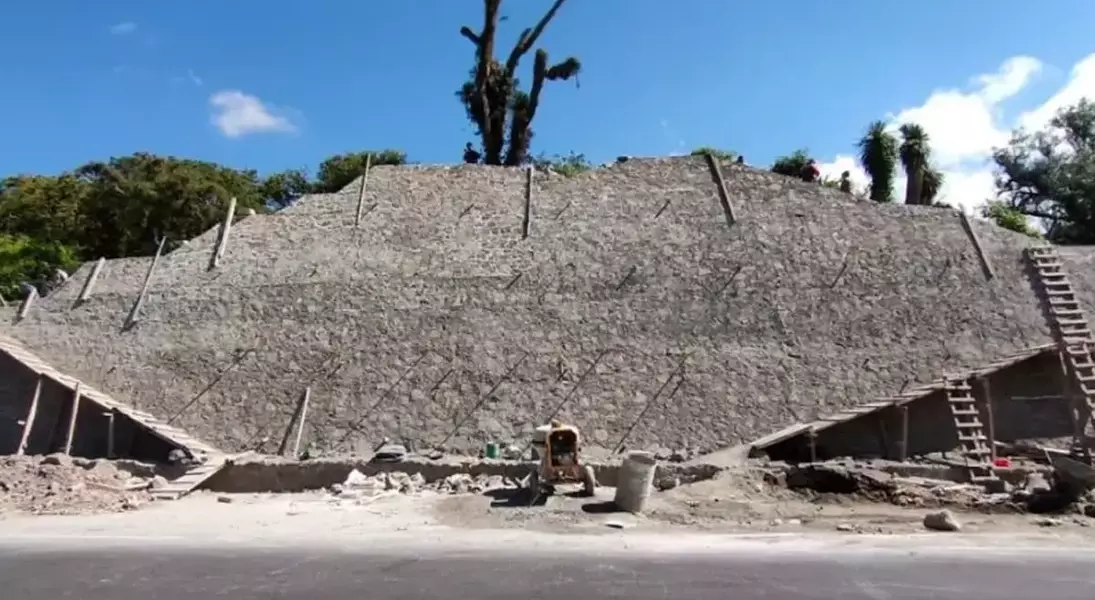Archaeologists from the National Institute of Anthropology and History (INAH) have embarked on an important mission. In Hidalgo, during construction works on the Federal Highway 105, a pyramid was discovered. This discovery led to a rescue excavation that is shedding light on the region's pre-Hispanic history.
Uncovering the Mysteries of Hidalgo's Past through Archaeology
Discovery and Initial Findings
According to a press statement by INAH, the pyramid, designated "Structure 1", belongs to a pre-Hispanic settlement. It was recently named "San Miguel" due to its proximity to the town of San Miguel Metzquititlán. The site consists of five distinct sectors with at least 10 mounds, dating from the Epiclassic (AD 650 - 950) to the Late Postclassic (AD 1350 - 1519 AD) periods. Excavations have uncovered a remarkable 155 objects, such as ceramics, shells, lithic artefacts, and various materials like lime, coal, and charred wood. These findings provide valuable insights into the daily lives and cultural practices of the ancient inhabitants.Stabilization and Conservation Measures
After a comprehensive study of Structure 1, the pyramidal base was stabilized with a 43 - metre - long masonry wall alongside the archaeological profile. This was done as a conservation measure to ensure the preservation of the site. The pyramid was then reburied, safeguarding it for future generations. The careful handling and conservation efforts demonstrate the importance of protecting these archaeological treasures.Associated Lordship and Historical Significance
Archaeologists suggest that Structure 1 and the wider settlement could be associated with the Metzca lordship that settled in the Sierra Alta of Hidalgo. This connection adds another layer of significance to the discovery. The data generated by this archaeological record will contribute significantly to our understanding of human occupation in the Sierra Alta region of Hidalgo. Specifically, in the Barranca de Metztitlán area, where, according to historiography, the first settlements date back at least 14,000 years. This knowledge helps us piece together the puzzle of human history in this part of Mexico.Collaboration and Educational Impact
The conservation project was successfully completed thanks to the continued collaboration with Hidalgo's SICT. Preliminary research results have been shared with local educational institutions, including the Colegio de Bachilleres del Estado de Hidalgo and Universidad Tecnológica de la Sierra Hidalguense. This sharing of knowledge helps raise awareness about preserving the region's archaeological heritage and encourages future generations to engage with and appreciate these historical treasures.You May Like

